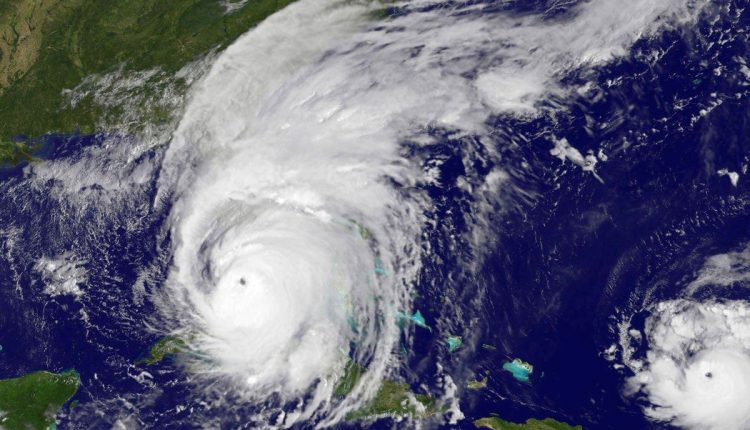Advocacy Visits Puerto Rico One Year After Hurricanes Irma and Maria
By Christine Myers, Region 2 Advocate
Last month, I traveled to Puerto Rico for the first time as the Region 2 Advocate. I have visited Puerto Rico before on vacation, but, admittedly, I was focused on fun, sun, and sightseeing. That was before Hurricanes Irma and Maria. This trip I came with a new set of eyes, and, suffice it to say, the trip was eye-opening.
All elementary students in the United States take courses in American History, one of which may briefly touch on the U.S. Territories. You learn what they are, a bit about how they became territories, and, as most of us probably remember, that they do not have the ability to vote in federal elections. Then you move on to the next chapter. The reality of being a U.S. Territory has significant financial, social, and economic implications, which you only begin to understand when you meet with business owners in the territories.
Over the next few months, I will attempt to capture what I heard from business owners, share some of the background that is working for and against small business, and define the regulations impacting business creation, growth, and reconstruction efforts.
Puerto Rico became a territory in 1899 after the Spanish American War. Puerto Rico has 3.5 million people on an island that stretches 100 miles across and 35 miles top to bottom.
The population has decreased by 14 percent over the last fourteen years, and most people leaving the island are younger and in a prime earning phase of life. Those coming to the island are over 55 years old and are either close to or in retirement.
Approximately 60 percent of the population is at or below the poverty level with a 9.3 percent unemployment rate. The U.S. federal minimum wage of $7.25 is in place.
It should be noted that Puerto Rico competes for tourism business and goods and services with the rest of the Caribbean islands, where labor rates are much lower.
As residents within a territory, Puerto Ricans are not required to pay federal income tax; however, they pay into the social security system as well as the full share of Medicaid and Medicare. Because Puerto Rico is a territory, it does not receive the same dollar for dollar allocation as a state receives. Puerto Rico, along with the other territories, receives a block grant, which, according to the Georgetown Health Policy Institute Center for Families and Children, only covers 15 to 20 percent of the actual Medicaid costs. States are matched 50 percent for all Medicaid dollars.
Puerto Rico has an inventory tax, meaning any company that houses goods, including lumber, steel, dry goods, clothing, and materials of any kind, pay a tax for its entire inventory. As a result, companies keep very little on the island, which requires them to order products “just in time.” Imagine small businesses trying to get products delivered following a destructive hurricane like Maria. If they get supplies and products from the U.S., they need to coordinate having all their materials shipped on a U.S.-made ship staffed by U.S. citizens. This is part of the Jones Act, to be discussed in a future blog.
Over 90 percent of all food on the island is imported. Prior to Hurricane Maria, most food came from the U.S.; during and after Hurricane Maria, Puerto Rico increased imports from Central and South America.
Puerto Rico relies on diesel fuel, and, due to the degrading power grid (prior to Hurricanes Irma and Maria), power is extraordinarily expensive – about $0.36 a kWh. It costs $5,000 per month to run a 2,000-square-foot pizza place. Any way you slice it, you would need to sell a lot of pizza!
Christine Myers serves as the Region 2 Advocate for the SBA Office of Advocacy, representing small businesses in New York, New Jersey, Puerto Rico and U.S. Virgin Islands. Myers works with small business owners, state and local governments, and small business associations to bring the voice of Region 2 to Washington DC. She can be reached at Christine.myers@sba.gov.


Comments are closed.